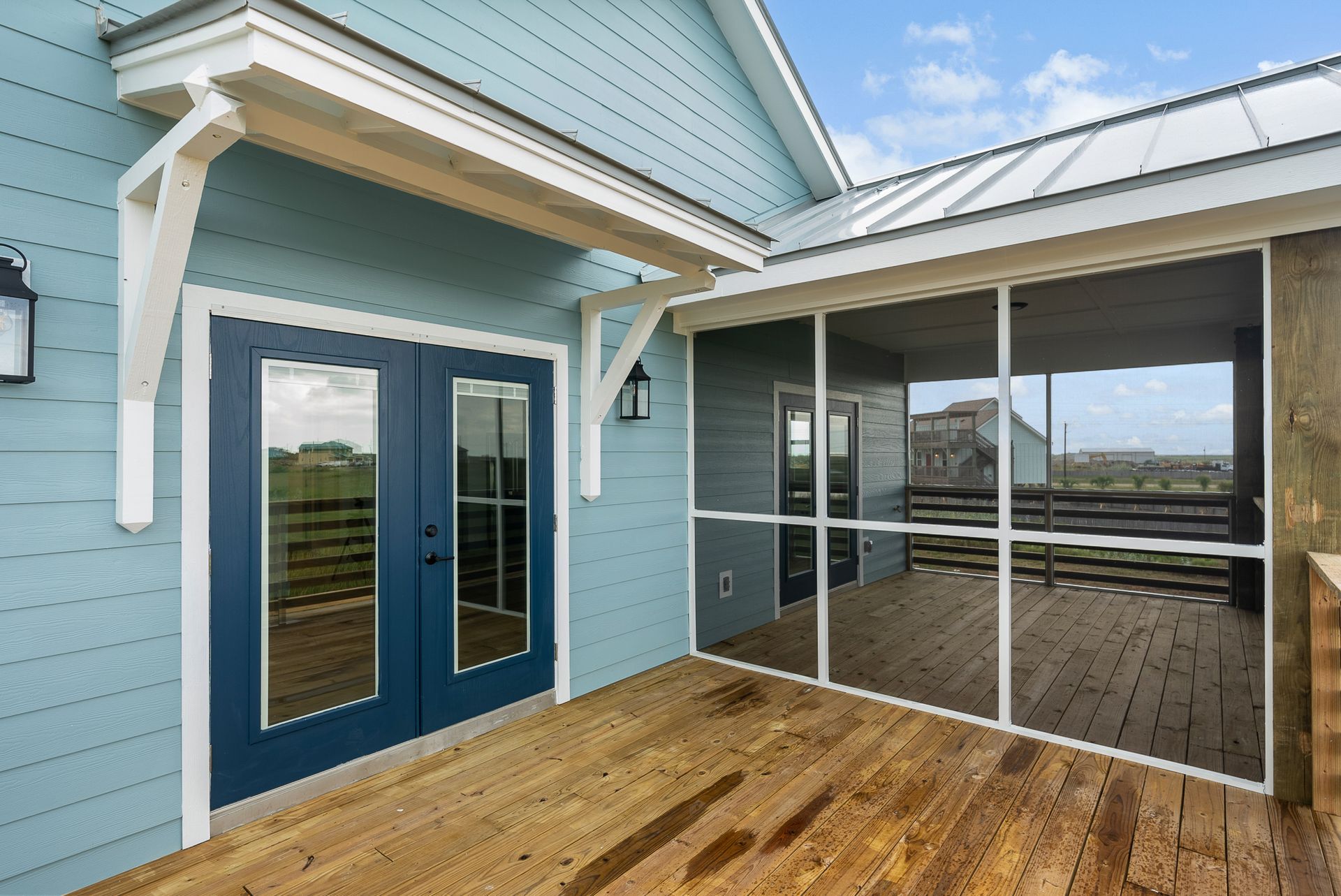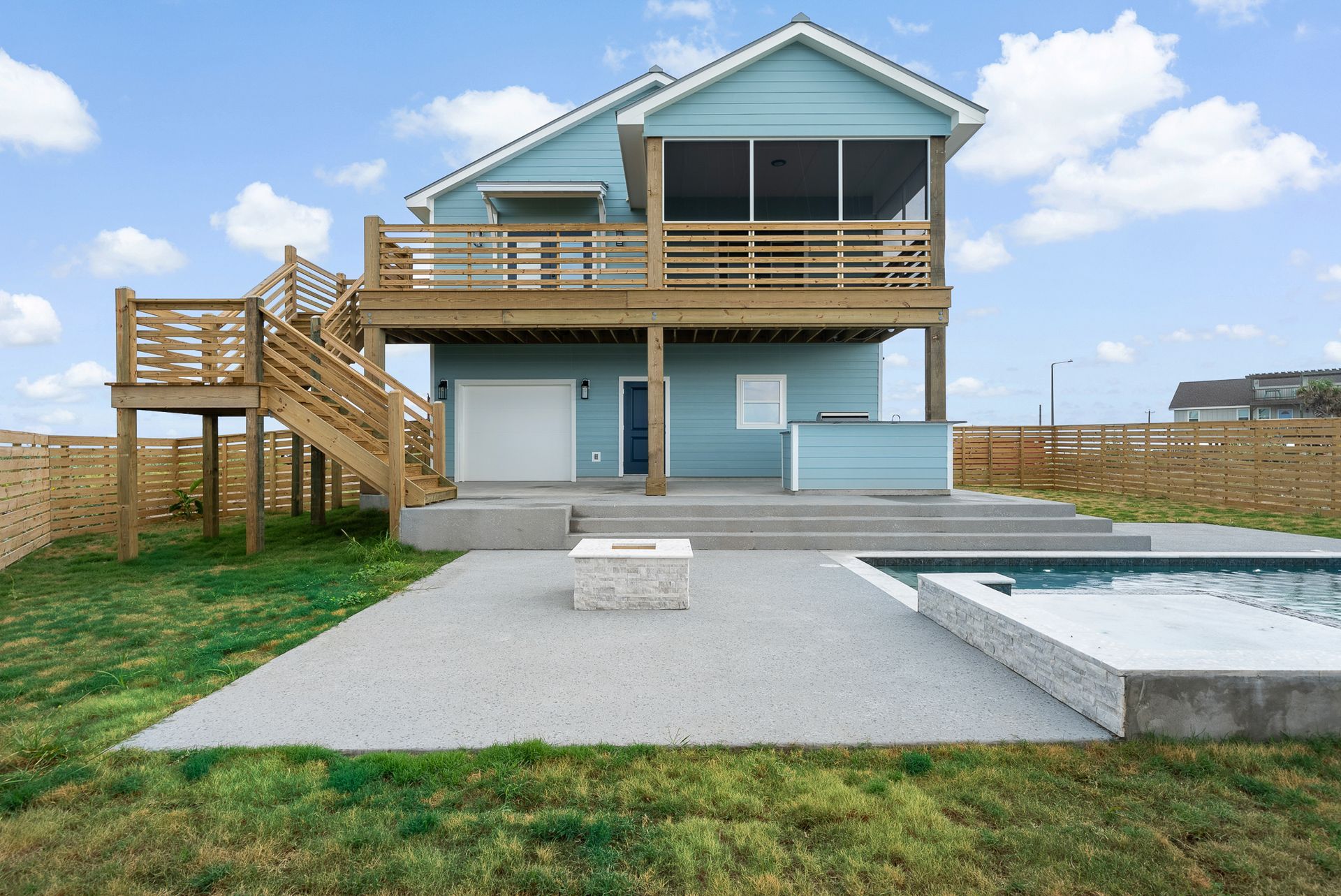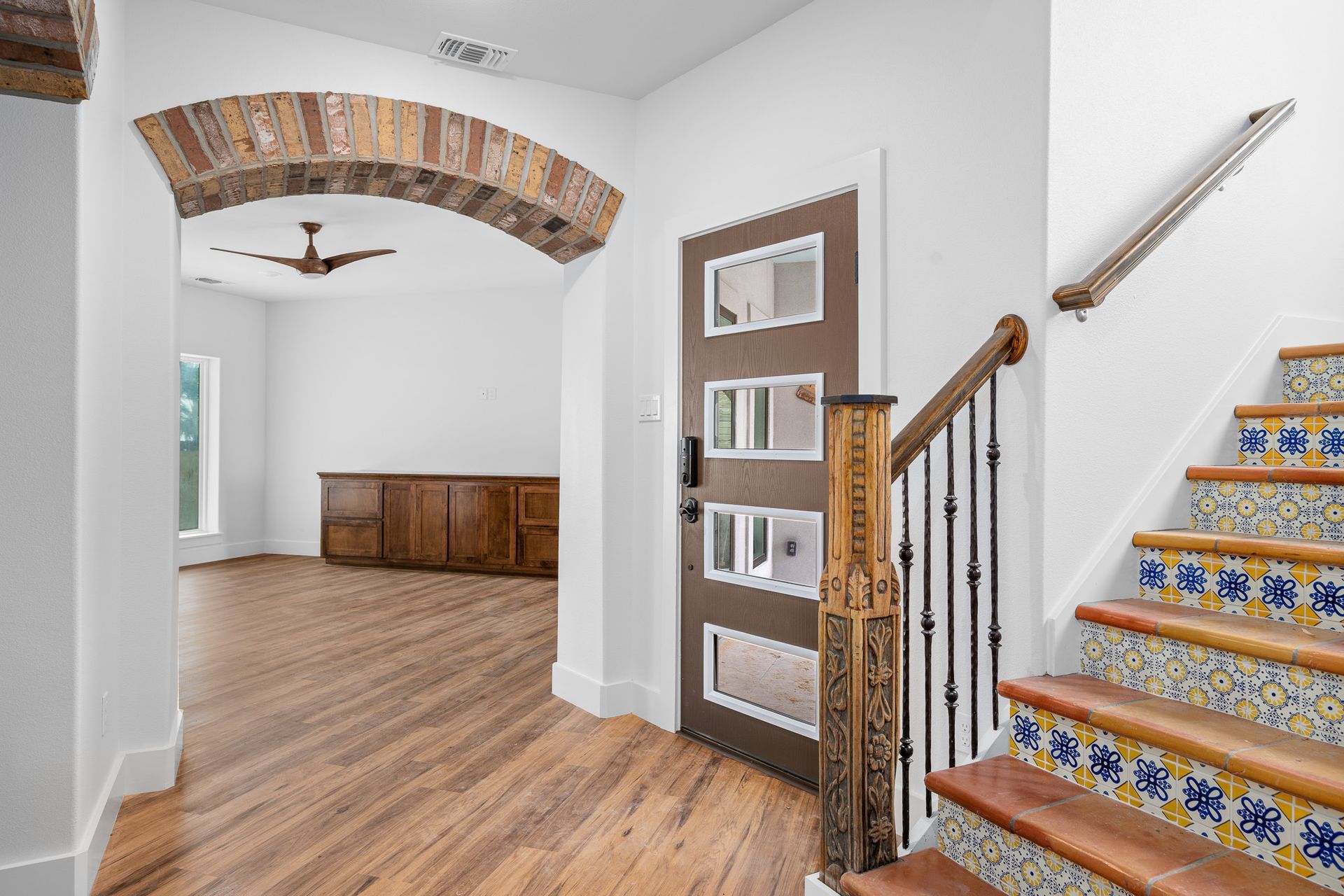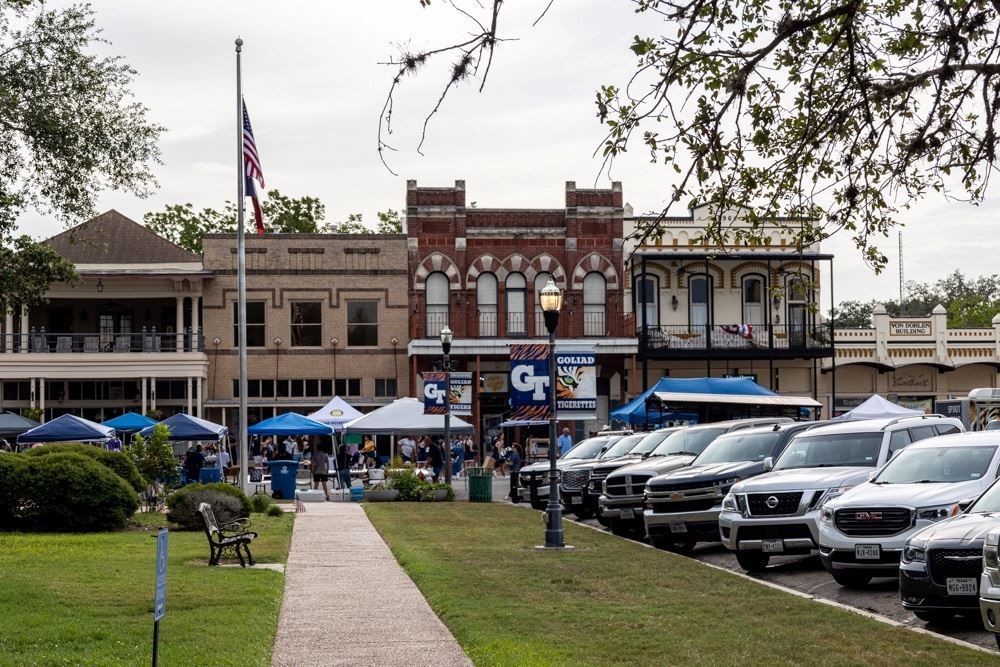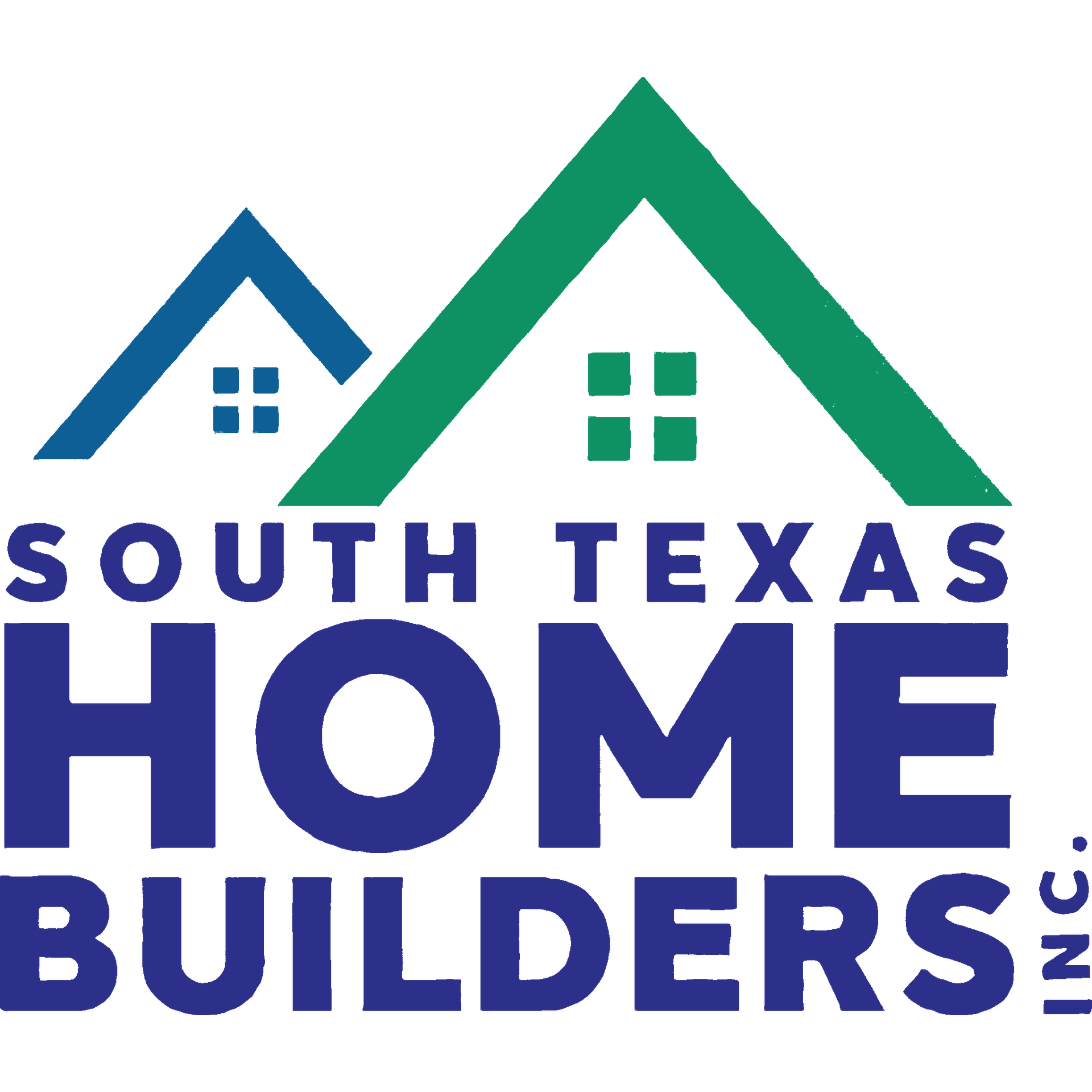Selecting the Right Builder for Your Coastal Custom Home
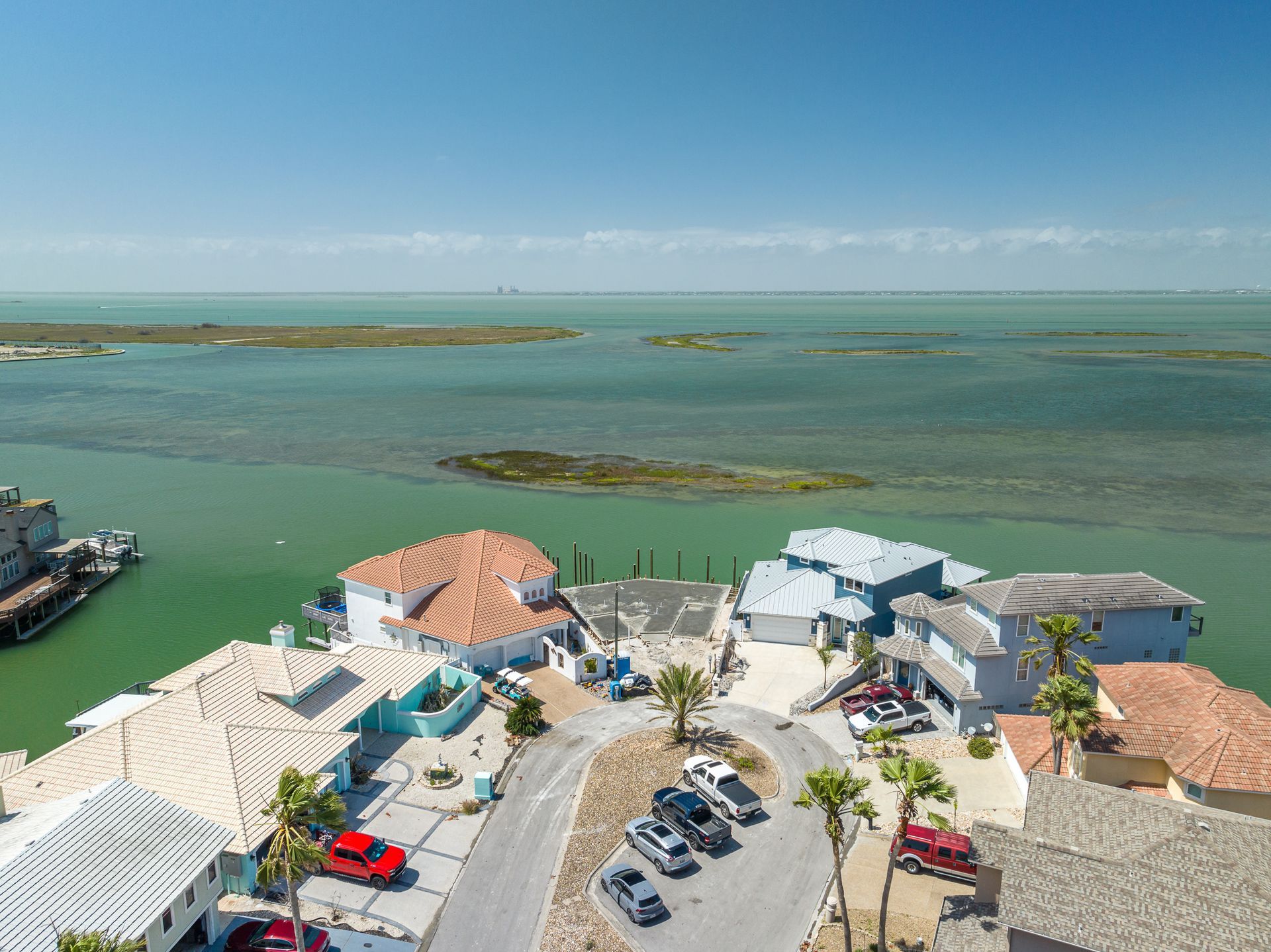
Selecting the Right Builder for Your Coastal Custom Home 🏡🌊
Why Experience, Trust & Coastal Know-How Matter
Building a custom home along the Southern Texas coast is a dream come true—but only if you’ve got the right team on your side. Coastal construction comes with unique challenges: salt air, storms, moisture, and strict building codes. That’s why choosing the right coastal home builder isn’t just important—it’s everything.
At South Texas Home Builders, we know what it takes to build homes that are beautiful, resilient, and designed for coastal living. Here’s what to look for when selecting your builder.
Proven Coastal Experience 🛠️🌴
Not all builders are familiar with the unique demands of building near the Gulf. You want a team that knows how to handle wind zones, floodplains, and corrosion-resistant materials.
✅ Look for:
✔️ A portfolio of completed coastal homes
✔️ Knowledge of FEMA flood regulations and windstorm certification
✔️ Partnerships with local vendors for coastal-grade supplies
💡 Builder Tip: Ask your builder how they approach foundations, roofing, and siding to protect against salt air and storm surge.
Transparent Communication 📞📋
Custom homes involve lots of decisions. Your builder should be proactive, easy to reach, and ready to answer every question—big or small.
✅ Signs of Strong Communication:
✔️ Clear project timelines and budget breakdowns
✔️ Regular updates throughout design and construction
✔️ Willingness to listen and collaborate on changes
💡 Builder Tip: Trust your instincts. If the builder seems rushed or vague from the start, it’s a red flag.
Customization Expertise 🎨📐
Your home should reflect your lifestyle—not just fit a cookie-cutter mold. Look for builders who embrace customization and offer thoughtful design support.
✅ Customization Options Should Include: ✔️ Flexible floor plans
✔️ Kitchen, bath, and outdoor space personalization
✔️ Built-ins, finishes, and smart home technology
💡 Builder Tip: A good coastal builder will help you prioritize design choices that are both personal and practical for seaside living.
Strong Local Reputation ⭐🏠
A builder’s local track record says a lot about how they treat their clients and stand behind their work. Check reviews, ask around, and visit homes they’ve built.
✅ What to Research:
✔️ Client testimonials or referrals
✔️ Online reviews from local homeowners
✔️ Awards, affiliations, or community involvement
💡 Builder Tip: Ask for walkthroughs of previous builds and speak directly with past clients whenever possible.
Comprehensive Warranty + Follow-Up Support 🧰🧾
Even the best-built homes can need touch-ups after move-in. Your builder should offer a strong warranty and be available for post-build support.
✅ Look for:
✔️ Clear written warranty for structural, mechanical, and cosmetic items
✔️ Responsive customer service after completion
✔️ Willingness to fix issues without hassle
💡 Builder Tip: Coastal conditions can wear on a home over time—so choose a builder who sticks around after the final walkthrough.
Let’s Build With Confidence
Your coastal home should bring peace of mind from the ground up. At South Texas Home Builders, we bring local expertise, transparent communication, and decades of experience to every custom build.
📞 Contact us today to talk about your vision—and let’s build a home that’s strong, stunning, and ready for life by the coast.
NEWS

